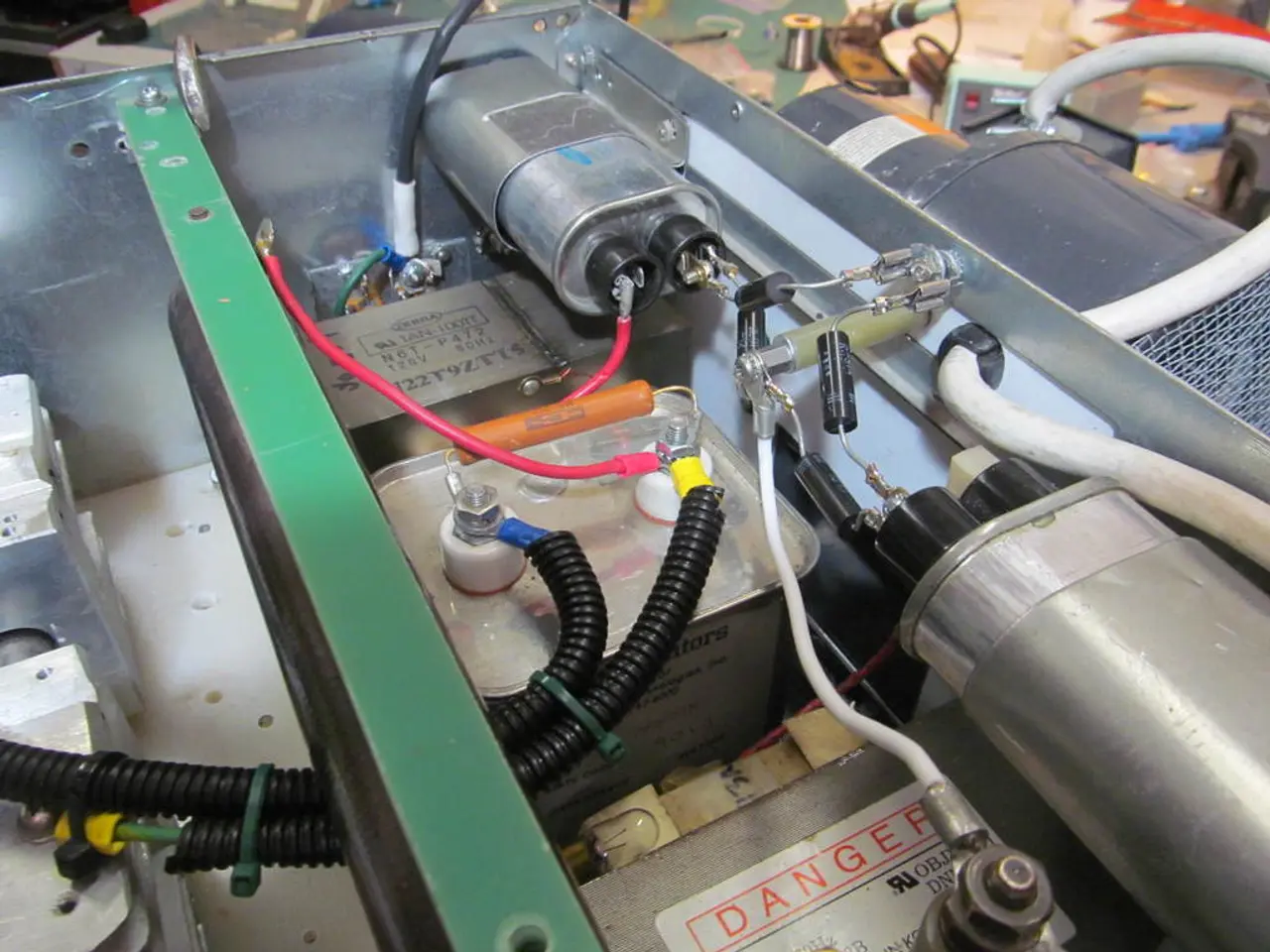Enhancing Efficiency with Magnetic Brakes: A Handbook for Mechanics and Scientists
In the world of braking systems, magnetic brakes, also known as electromechanical brakes (EMB), have emerged as a popular choice due to their distinct advantages over traditional mechanical, hydraulic, and pneumatic brakes.
One key advantage of magnetic brakes is their precise control over braking force. This makes them ideal for modern applications, such as electric vehicles, where they integrate seamlessly with control systems like regenerative braking and stability control. They offer swift response times, consistent braking force, and high adaptability, setting them apart from other braking systems.
In terms of cost, magnetic brakes tend to have a lower total system cost than hydraulic brakes due to fewer components. While the initial investment might be higher than simple mechanical brakes, the savings made in the long run through reduced maintenance needs offset this cost. Mechanical brakes, on the other hand, are generally the least costly upfront, while pneumatic brakes have moderate cost requirements related to compressors and control systems.
Regarding maintenance, magnetic brakes have lower demands due to their fewer mechanical parts subject to wear and no fluids to leak or replace. This reduces downtime and service complexity. Mechanical brakes require periodic inspection of mechanical components, while hydraulic brakes need fluid changes and leak repairs, increasing maintenance efforts. Pneumatic brakes require air system maintenance and spring inspections for safe function.
The lifespan of a magnetic brake can be potentially long due to the absence of friction wear (common in mechanical systems) and fluid degradation (hydraulics). However, lifespan depends on the durability of the magnets and electronics involved. Mechanical brakes wear down mechanically and need parts replacement, while hydraulic systems can last long but require fluid maintenance. Pneumatic brakes last well if properly maintained.
When it comes to application, magnetic brakes excel in situations demanding precision, integration with modern electronic controls, lighter weight, and reduced maintenance. They are ideal for electric vehicles and automated machinery. Mechanical brakes remain cost-effective for simple applications with minimal infrastructure. Hydraulic brakes deliver powerful, versatile performance under heavy-duty conditions but at increased complexity and maintenance, while pneumatic brakes offer reliable, fail-safe emergency stopping in industrial contexts.
However, it's important to note that magnetic brakes can potentially cause overheating, leading to wear and potential equipment damage. To test a magnetic brake's performance, one should commission it correctly, apply a controlled torque while measuring its ability to decelerate a test object, adjust brake settings, verify approach rate stability under no-load conditions, and regularly check the brake's friction surface for wear.
In conclusion, magnetic brakes offer a compelling choice for applications demanding precision, integration with modern electronic controls, lower maintenance, and reduced wear components. Proper consideration of operating conditions, load requirements, and compatibility with the system is crucial when selecting the right magnetic brake. Regular maintenance and proper care are essential for ensuring optimal performance and longevity.
Data-and-cloud-computing technology can aid in the optimization and simulations of magnetic brakes, enhancing their performance and durability. The precise control offered by magnetic brakes makes them well-suited for technology integration, where they can boost the efficiency of modern braking systems.




